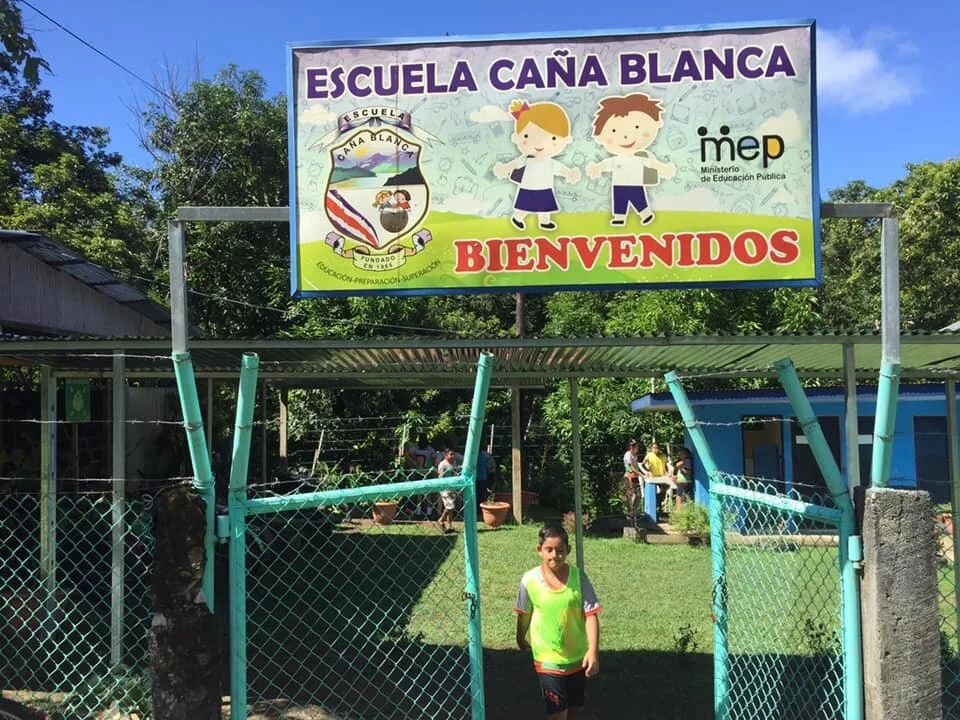
Costa Rica
“Experience Costa Rica in a very unique way: by working together, practicing your Spanish and playing soccer with the youth from the communities of Palmar del Norte and Boruca.”
— Program Director
See Costa Rica through the eyes of the Boruca.
Boruca Masks.
The Boruca people are recognized for their beautiful, ornately carved balsa wood masks. The intricate creation of the Boruca mask is a skill passed down over centuries. Great pride is taken in the traditional designs of the Diablo and Ecological masks. The Diablo mask depicts the sinister face of indigenous people as seen through the eyes of the Spanish Conquistadors, and serves as the center piece for Danza de los Diablitos. The Ecological mask incorporates the more artistic side of the native culture, representing Boruca’s harmony with nature. Tourists are drawn to these masks for their natural dyed vibrant colors and because they are a symbol of the rich Boruca culture.
Danza De Los Diablitos.
Danza de los Diablitos (The Dance of the Little Devils) is a three day festival that encompasses the traditions, identity, and pride of the Boruca people. The Boruca’s long standing traditions that have prevailed through colonization, are celebrated in the festival spanning from December 31 through January 2. The male members of the tribe participate in a ritual dance re-enacting the Spanish Conquest. They dress in elaborate costumes and proudly wear their symbolic masks to celebrate the victory and identity of the Boruca people against past and current enemies. This festival is a representation of the culture and legends passed down from generation to generation.
Beauty of the Boruca Land.
Traveling to visit the Boruca people is unlike any other Costa Rican experience. It is a unique opportunity to be immersed in a long standing, vibrant culture. You will have the privilege of interacting with the very interesting and talented native people, while being surrounded by beautiful landscapes. The Boruca people place a very high importance on their harmony with the land. They are a sustainable farming community with crop fields up and down the surrounding mountains. Growing primarily rice, beans, coffee, cacao, corn, and tomatoes, most produce only enough food to feed their families.
Caña Blanca School.
Caña Blanca is an indigenous community in the southern area of Costa Rica, the school is named after its community and has a population of 16 students. This area has a cultural wealth belonging to the Brunca ethnic group, whose traditions and indigenous culture are preserved. We work with the community of Palmar del Norte, La Escuela Caña Blanca. This community is only 30 min away from Boruca, which is an ideal location that allows us to work with both groups. We will play a soccer tournament against local teams from the communities of Palmar del Norte and Boruca.
Your Costa Rica Experience!
We will have the pleasure of learning the traditional Boruca practice of hand dying yarn and weaving!
Palmar del Norte & Boruca









